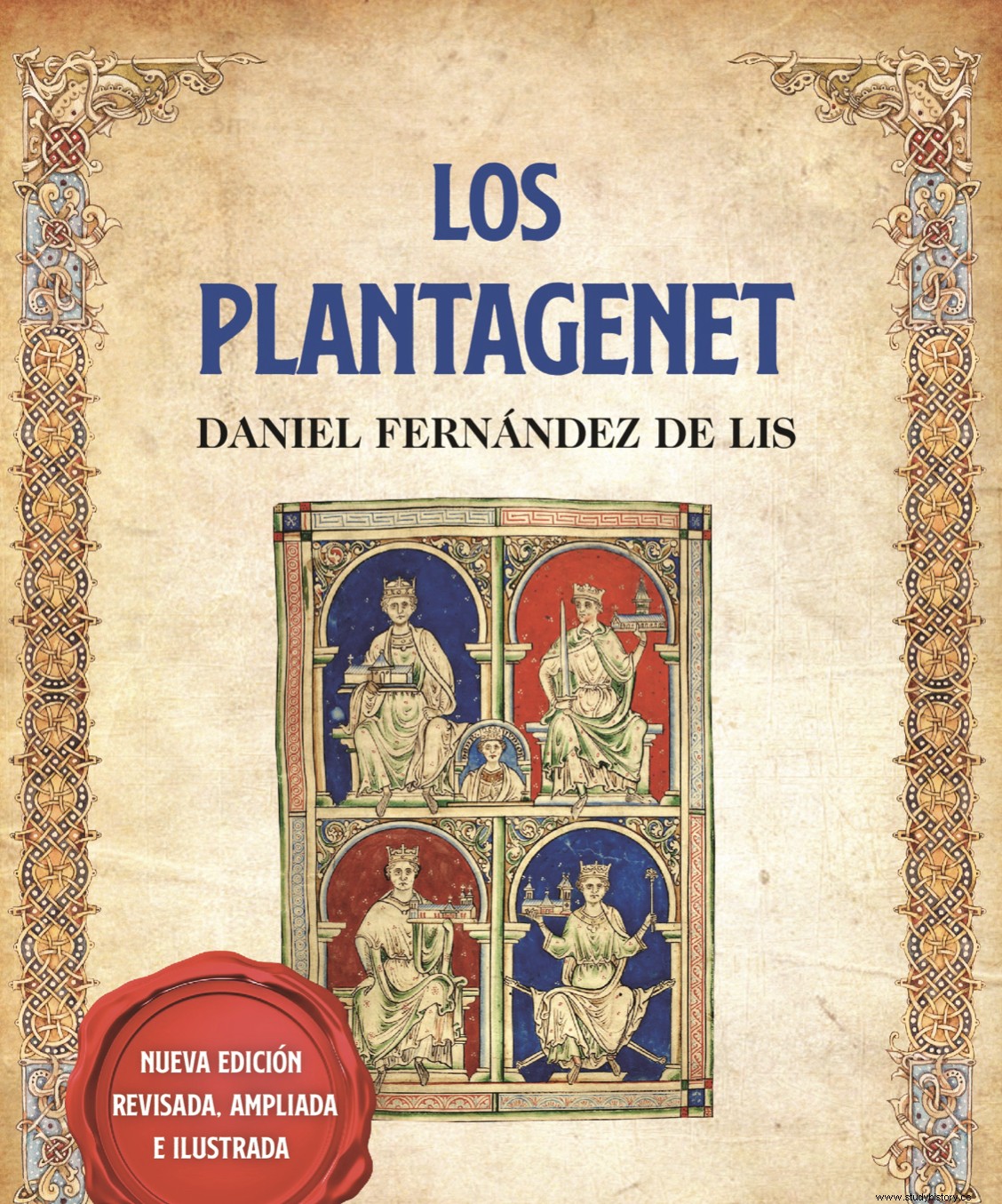 Entry taken from the book The Plantagenets
Entry taken from the book The Plantagenets
Scotland, February 10, 1306. Two men meet in the church of the Franciscan friary in Dumfries. What began as a simple conversation to make plans about the future of Scotland ended with a bloodbath in which one of these two men would lose his life and the other would begin the path that would lead him to sit on the throne of Scotland. /P>
The problems between England and Scotland at the end of the 13th and 14th centuries are well known to the public thanks to the famous film Braveheart. In the blog we have talked in other entries about the causes that originated the conflict such as the death of King Alexander III of Scotland and its development, such as the defeat of the Scottish troops led by the Guardian William Wallace in the battle of Falkirk in 1298. After it, the Scots removed the defeated Wallace from his position as Guardian and appointed in his place two new Guardians, representatives of the two main families of the country:Robert Bruce and John Comyn.
Relations between the two had always been poor, to the point that the two came to blows at a meeting at Peebles in 1299. Furthermore, since 1301 Bruce had been on a run of bad luck. His lands had been systematically attacked and looted by the English, who had also come to occupy some of his castles.
At that time very good news arrived for the Scots in general and for Robert Bruce in particular; in theory. With the mediation of France, a nine-month truce was agreed between England and Scotland; during that period the English would withdraw their troops from the conquered territories, but these would not be returned to the Scots but would remain in French custody to guarantee peace.
Contrary to what it seems, it was not a transfer by Eduardo I but a sample of his ability to judge other men and foresee his movements. Eduardo considered that the support of Felipe IV of France to Scotland was more apparent than real and that it was based mainly on his desire to keep the English king busy at home so that he could not dedicate himself to attacking the French possessions in Gascony. It was a risky bet, but it worked out well for Eduardo; during the nine months of the truce not a single French soldier appeared in Scotland. This was a serious moral blow for the Scots, who saw that their main support was not so strong. In early 1302 Robert Bruce surrendered to the English garrison at Lochmaben Castle.
When Edward I re-invaded Scotland in 1304 there was no Scottish army to oppose the English. The only Keeper left in the country, Comyn, might be a staunch supporter of John Balliol; but by then it seemed clear that he was not going to come forward to claim his throne and Scotland had been abandoned by France. Comyn and the leading members of Balliol's party swore allegiance to Edward at Strathord in February 1304. They were allowed to keep their lives and property, although Edward sent some particularly recalcitrant into exile.
The news of the subjection of Comyn and the magnates of the kingdom to the English authority convinced the rest of the minor Scottish nobles and landowners of the futility of resisting Edward. In March, in a solemn ceremony at St. Andrews, one hundred and thirty men swore allegiance to the King of England and Scotland; their lives and estates were also preserved.
The last focus of resistance was Stirling Castle, subjected to a long assault. But when one day a huge catapult appeared before the walls, which the English baptized as Warwolf , the defenders of Stirling suffered a few days bombardment from the huge catapult before accepting their surrender. As in the previous cases, the Stirling garrison was allowed to preserve their lives and property. Actually, the only person Edward I of England did not spare was William Wallace, who would be captured and executed in 1305.
But back to the church at Dumfries and what happened there on February 10, 1306. The two men who had agreed to meet there were the two former Guardians of Scotland, Robert Bruce and John Comyn. After his father's death, Bruce had inherited the family's claim to the Scottish throne and was ready to reclaim it and take the crown that Edward I had taken from them. He had spent months gathering support to start a rebellion against the English in Scotland.
The reasons why Bruce and Comyn (declared enemies) met in Dumfries are not very clear, but everything indicates that the former intended to add the latter to his cause. The argument between the two grew in pitch (presumably because of Comyn's refusal to submit to Bruce). The truth is that at one point, Comyn turned to leave and end the meeting; Bruce tried to prevent it and stabbed his rival. He, wounded, tried to escape, but Robert's followers finished what his boss had started and killed Comyn. Robert the Bruce had put an end to the life of the only Scotsman who could question his leadership in the fight to regain the throne of Scotland and became the leader of the rebellion that would culminate in 1314 at the Battle of Bannockburn... but that's another history.
